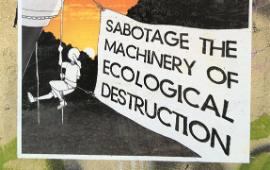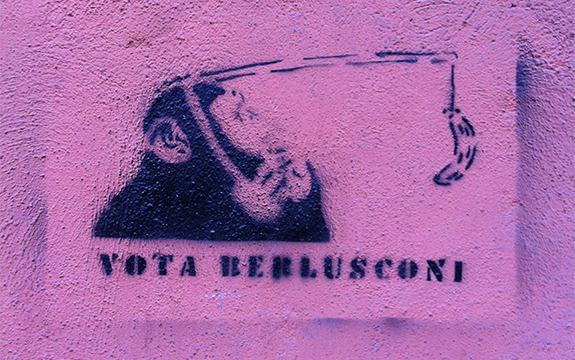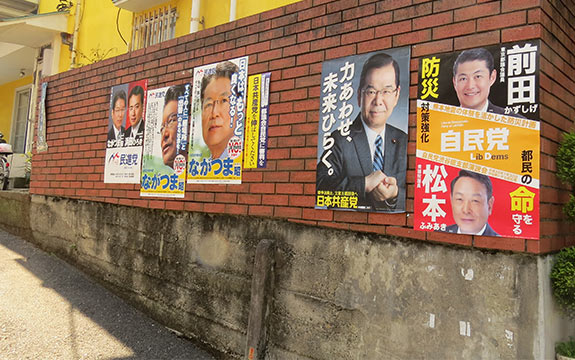Leaving Traces 2 Symposium planned for Melbourne in 2019

In Summary
- Centre for Design Innovation co-hosts Leaving Traces Symposium in Rennes
- Leaving Traces 2 Symposium planned for Melbourne
- Local scholars will bring discussion into Australian context in 2019
Associate Professor Flavia Marcello from Swinburne’s Centre for Design Innovation in collaboration with Carmen Popescu from the Laboratory of research GRIEF, at the Ecole Nationale Supérieure d’Architecture de Bretagne, Rennes in France, co-hosted Leaving Traces - Living Politics in the City, a symposium at Ecole Nationale Supérieure d’Architecture de Bretagne in November.
Leaving Traces - Living Politics in the City was supported by Marion Hohlfedlt at the University of Rennes 2 and Ian Woodcock from RMIT’s Centre for Urban Research.
The symposium in Rennes examined how unofficial political voices are made manifest in the urban realm. Marcello is an architectural historian and design teacher. She is a world expert on the architecture and urban planning of the Italian Fascist period and how we can still see its traces in the post-war period. As she wote in a Conversation article earlier this year, this led her to think more broadly about the material nature of political graffiti and what it means in today’s digital world.
“From explicit forms of protest to furtive integration, attendees at the symposium were particularly interested in scenarios where distinctions between official and unofficial political discourses become blurred,” says Marcello.

Vote for Berlusconi, stencil art in Trastevere, Rome, 2016 photography by Flavia Marcello.
Marcello, Popescu and Woodcock will continue their collaboration next year when they host a Leaving Traces 2 symposium in Melbourne. They see public space and life in a city as being tightly connected, both in terms of governance and the actions of people.
“Whether this is carefully designed or loosely articulated, public space shapes behaviour, providing a frame for the norms and rules of society,” explains Marcello.
“At the same time, it implicitly invites transgression. From the agora of Athens to the central squares in the former Communist Bloc, from the streets of San Francisco to the paths in the favelas and other informal communities, public spaces are arenas of political expression, where official discourse and unofficial voices meet, overlap and come into conflict with each other,” she says.
If official channels of political discourse are well-documented and built into the socio-political structures of modern society, Marcello and Popescu highlight that unofficial means of expression are less studied.

Election posters in Shibuya, Japan 2017, photography by Flavia Marcello
Leaving Traces - Living Politics in the City, discussed tactics used to make unofficial voices ‘audible’ and how political expression turns a city into a space of dynamic visuality. Leaving Traces 2 will continue the discussion in Melbourne where local scholars will have the opportunity to contribute and bring the discussion into an Australian context.
By questioning a certain normality, Marcello and Popescu seek to stress the connections and tensions between officially shaped and designed public spaces and unofficially used, occupied or appropriated places. “By viewing political expressions, official or unofficial, in this way, we also want to question the very meaning of what is political,” says Marcello.
Academics from architecture, urban studies, history, political, cultural or social studies and art were invited to engage with these broad concepts.
“We called for papers focusing on the analysis of both historical and contemporary case studies exploring how the urban realm can shape, frame and even incite political discourse. Presentations can address a range of manifestations - posters, graffiti, art interventions to simple placement of objects, and immaterial practices - rallies, protests, soap boxes, public speeches and art-related events,” explains Marcello.
“We had such an overwhelming response from scholars, artists and architects from around the world that not only did we have to extend the Rennes symposium over two days, we are preparing for Leaving Traces 2,” she explains.
A call for papers for the Leaving Traces 2 Symposium 18-19 July 2019 in Melbourne will be posted on the Centre for Design Innovation website.

